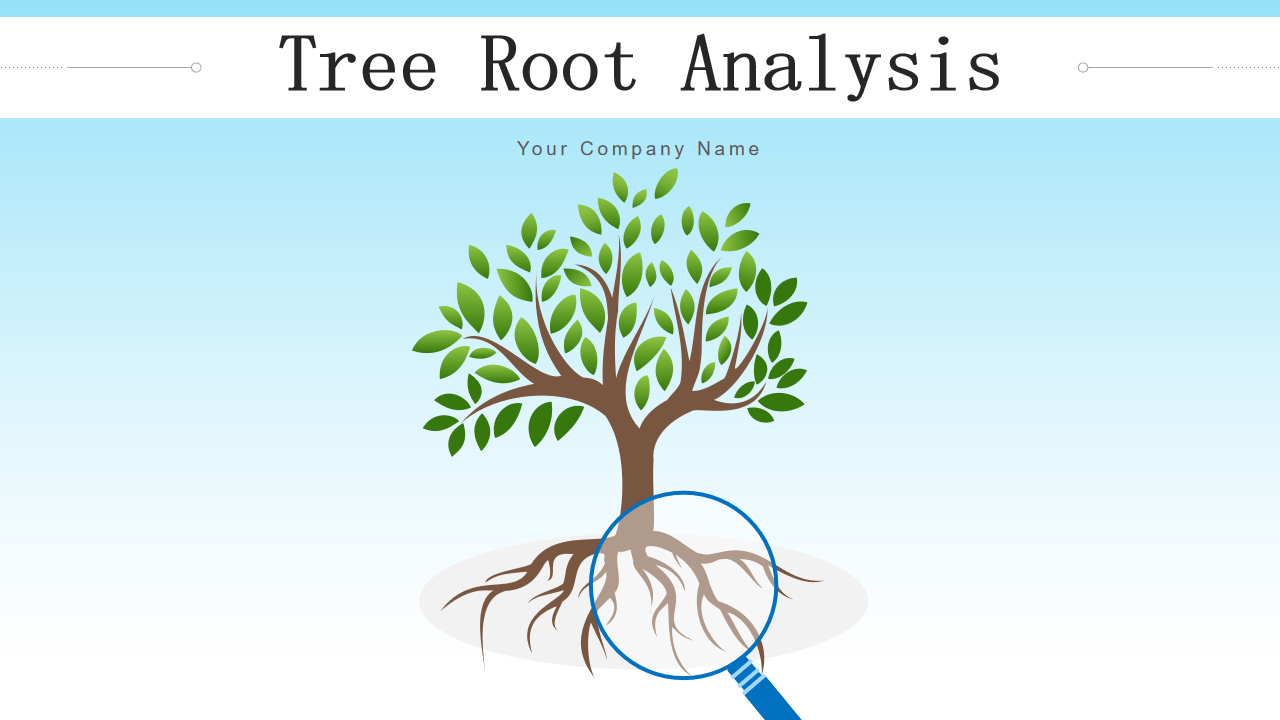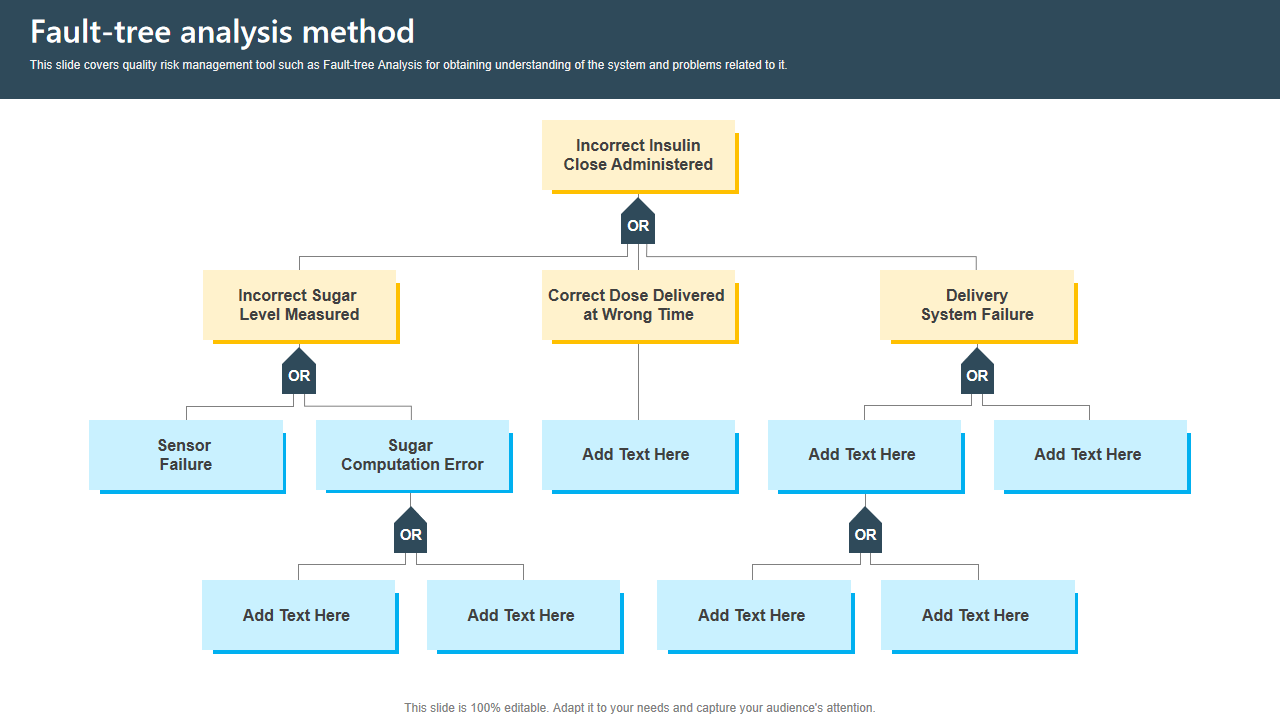Problem tree is a technique used to address different issues by analyzing the causes and effects. Also called an objective or strategy tree, it helps project managers identify their goals and create strategies to achieve them. It comprises three steps:
- The first step involves identifying the negative aspects of a situation and its causes and effects.
- In the second step, you convert those aspects into objectives and the problem tree into an objective tree.
- The third step involves analyzing the scope of the project and the strategies to resolve them.
You can use problem trees to break complex problems into smaller, manageable chunks and find the solutions. Problem trees also enable you create viable solutions. Therefore, SlideTeam brings you content-ready PPT Presentations to bridge gaps and reduce threats in your business operations.
Also, go through some of our other tree diagram templates here !
Let's browse the templates below!
Template 1: Issue Tree Minimize Overheads Plant Efficiency Low Motivation
This ready to use template helps minimize overhead costs and improves plant efficiency. Determine why employee productivity is low with this template. Once you figure out the problem, use the issue tree to propose solutions to motivate employees and run the operations with ease.
Template 2: Tree Root Analysis Effect Cause Template
Analyze your company's financial problems with this template. Find the root cause of sales decline using the cause-and-effect method. Narrow down the problems and resolve the issue with this problem tree template and improve sales.
Template 3: Fault Tree Analysis Method Operational Quality Control
This PPT Template helps amp up operations by determining problems in quality control. Narrow down on the causes of quality loss and filter the solutions to deliver quality results. This is a ready-made PPT template to help you get to the root cause of the issue in your business operations, functions, processes, etc.
Identify and Resolve Issues with These Problem Tree Templates
Problem trees can help you understand complex problems and find solutions by establishing cause-and-effect relationships. Therefore, delve deeper into our collection of ready to use templates to identify and document the root causes. Grab these premium PPT slides to notch up your organizational processes with ease. Find problems and solutions using our custom-made slides.
Download the templates now!
Don't forget to check out our family tree templates here !
FAQs on Problem Tree
What is a problem tree in a project?
A problem tree, situational analysis, or problem analysis tree can help you identify and understand the root causes of different problems related to your organization or projects. It can help you design and implement solutions to these problems with the help of the cause-and-effect technique. Typically, an issue or objective tree is a graphical representation that displays your problems, answers, and the results of your implementations.
How do you write a problem analysis?
A problem tree analysis also called a situational analysis, forms a core part of project planning and helps you find solutions to different problems by determining the causes and effects. You can write a problem tree analysis in five steps.
- Define the problem and agree upon that definition.
- Understand the root causes. That is, determine the problem behind the problem.
- Identify the key stakeholders and users.
- Define the solutions that can address the problem.
- Set a boundary for the said solutions and identify constraints, which may be environmental, economic, technical, or political.
What are the disadvantages of a problem tree?
Problem trees can help you define and understand problems and even find solutions. However, that doesn't mean they don't come without disadvantages. Here are a few disadvantages of problem trees.
- Listing all possible solutions, especially early, may tamper with analyzing the problem effectively and open-mindedly.
- The solutions may address only the problems at hand or those defined without necessarily considering other issues.
- A problem tree doesn't define the magnitude of the problem and implies that all problems are equal.
- Problem tree techniques require advanced knowledge and skills to implement and find solutions.
- The method does not help find solutions most economically due to an infinite availability of resources.





 Customer Reviews
Customer Reviews




















